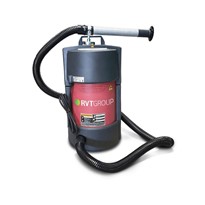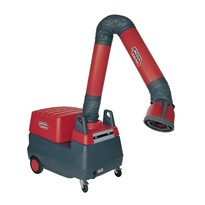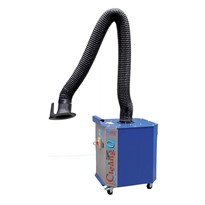As of writing this, there is a lot of smoke in the air regarding what exactly is happening in Safe Work Australia’s research into the topic of welding fumes. However, we are going to do our very best to break down exactly what is happening in an easy to understand way.
Current Laws
The current process regarding welding fume safety is based around an exposure standard and the duty of care that business owners have to their employees.
As of writing this article, the exposure standards for welding fumes is based on an 8-hour working day time weighted average (TWA) of 5 milligrams per cubic metre.
According to Model Workers’ Health & Safety (WHS) laws, business owners have a duty of care to identify and manage risks relating to work. As it stands, business owners need to eliminate risk wherever reasonably possible. However, because welding fumes are unable to be eliminated, business owners must manage the risks to the best of their ability.
Put simply, there is a limit to how much exposure to welding fumes you can take per day and your employer needs to address this and minimize the risk associated with welding fumes.
Future Laws
The exposure standards are currently under review. Although we cannot be certain as to what extent the standards will change, we assume the TWA will increase and stricter laws regarding using PPE with respiratory protection will be implemented.
Our assumption is that employers will be given six months after the review to implement new workshop standards in fume extraction and PPE, however this is just an assumption and we will have to wait until Safe Work Australia brings out their review.
Are you breaching your exposure limits?
Do not take the risk. Stay ahead of the curve and the new laws and be proactive with your employee’s safety. Here are a few actions you can take to increase workshop safety:
Employers
Employers must implement systems to manage welding fumes and ensure all of your employees are safe at work. We suggest Kemper AirWatch to monitor your air quality and ensure you’re not exceeding exposure standards. AirWatch continuously monitors air particles in warehouses and production halls and then makes the information available via cloud technology. You can check air quality via your mobile phone or PC or just simply look at the colour on the side of the unit. AirWatch can also be paired to autonomously run ventilation or extraction systems when fume levels rise. Contact us to learn more about Kemper’s AirWatch technology.
Paired with monitoring, it is imperative to enforce workshop PPE. For the best protection against welding fumes we highly recommend adding a powered air purifying respirator (PAPR) to your welding helmet. We suggest an Optrel Crystal 2.0 with a E3000x PAPR attachment.
If you are tossing up a few different welding helmets, read our short article on how to choose the right helmet for you!
If you’d like to install official air monitoring to check your air purity levels contact the Australian Institute of Occupational Hygienists.
Employees
Employees can also help in making the workplace a safe space. Firstly, make sure you speak up about unsafe working conditions. Speak to the business owner or your foreman if you feel like there is a solution to make working conditions safer.
Ensure PPE is being used and used correctly. Respirators should be used whilst welding in confined spaces and wherever else reasonably possible to ensure minimum intake of welding fumes. Make sure your helmet and respirator are properly fitted and sealed prior to use.
Some workshops require you to purchase your own PPE. This can be a positive as you can buy personalized gear which is suited to your needs and protection levels.


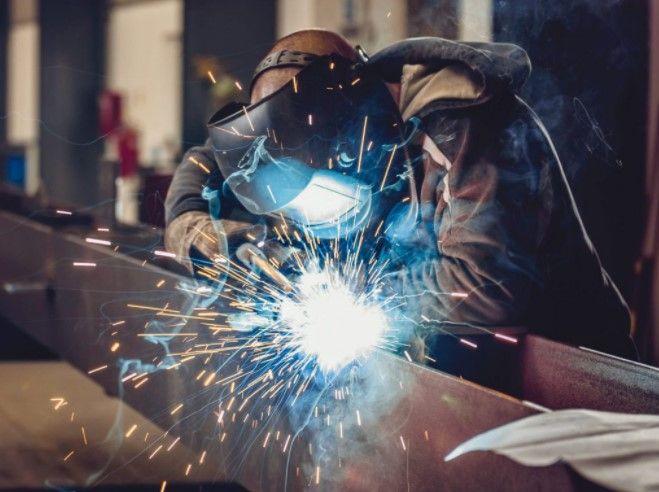
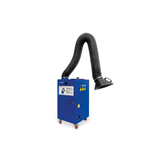



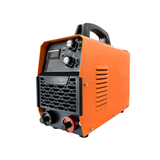

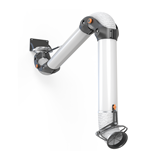
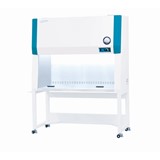
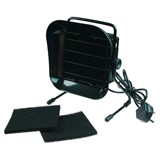







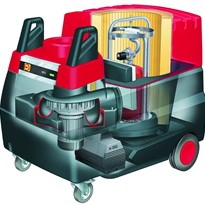
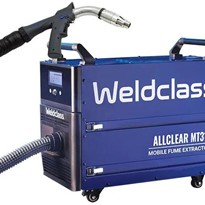
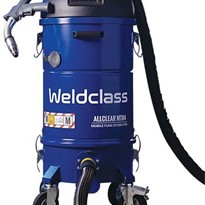
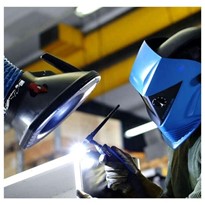
-205x205.jpg)

